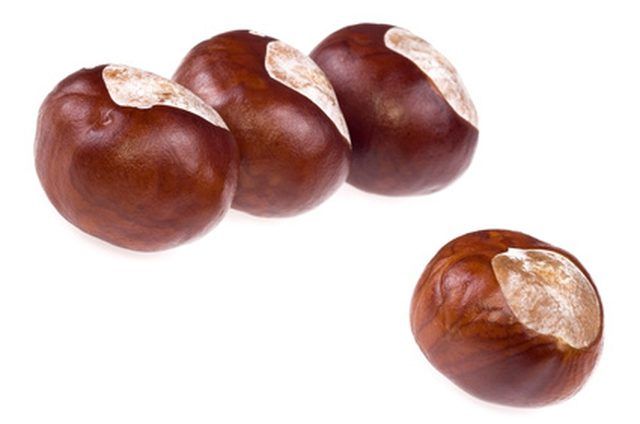Bulbs
Flower Basics
Flower Beds & Specialty Gardens
Flower Garden
Garden Furniture
Garden Gnomes
Garden Seeds
Garden Sheds
Garden Statues
Garden Tools & Supplies
Gardening Basics
Green & Organic
Groundcovers & Vines
Growing Annuals
Growing Basil
Growing Beans
Growing Berries
Growing Blueberries
Growing Cactus
Growing Corn
Growing Cotton
Growing Edibles
Growing Flowers
Growing Garlic
Growing Grapes
Growing Grass
Growing Herbs
Growing Jasmine
Growing Mint
Growing Mushrooms
Orchids
Growing Peanuts
Growing Perennials
Growing Plants
Growing Rosemary
Growing Roses
Growing Strawberries
Growing Sunflowers
Growing Thyme
Growing Tomatoes
Growing Tulips
Growing Vegetables
Herb Basics
Herb Garden
Indoor Growing
Landscaping Basics
Landscaping Patios
Landscaping Plants
Landscaping Shrubs
Landscaping Trees
Landscaping Walks & Pathways
Lawn Basics
Lawn Maintenance
Lawn Mowers
Lawn Ornaments
Lawn Planting
Lawn Tools
Outdoor Growing
Overall Landscape Planning
Pests, Weeds & Problems
Plant Basics
Rock Garden
Rose Garden
Shrubs
Soil
Specialty Gardens
Trees
Vegetable Garden
Yard Maintenance
Why Is Ohio Called the Buckeye State?
Why Is Ohio Called the Buckeye State?. The handsome buckeye tree, closely associated with the state of Ohio, is often planted in open settings like parks or large yards. The buckeye is one of the first trees to leaf out in the spring, with distinctive, palmate compound leaves, each with five to seven leaflets. Yellow flowers appear in May and June,...

The handsome buckeye tree, closely associated with the state of Ohio, is often planted in open settings like parks or large yards. The buckeye is one of the first trees to leaf out in the spring, with distinctive, palmate compound leaves, each with five to seven leaflets. Yellow flowers appear in May and June, followed by the fruit which matures in the fall. Buckeye leaves turn orange or red in the fall and drop early in the season.
Native Tree
Two important American species of the buckeye tree are widely found throughout Ohio: the Ohio buckeye, Aesculus glabra, and the yellow buckeye, Aesculus flava. The Ohio buckeye, which reaches 30 to 50 feet in height, is also called the fetid buckeye or stinking buckeye for the unpleasant odor of its crushed leaves. The yellow buckeye, also called sweet buckeye or large buckeye, grows mainly in deep fertile soil of bottomlands of the Ohio Valley. Taller than the Ohio buckeye, the yellow buckeye reaches 60 to 90 feet in height at maturity.
Native Americans
Native Americans of the Ohio Valley area called the tree "hetuck"--their word for buckeye, because of the way the glossy brown fruit with a lighter circular spot resembled the eye of a buck. Although the tree's fruit and bark are somewhat poisonous and bitter tasting, one can avoid these effects by heating or leaching. After roasting, peeling and mashing them, the Native Americans used the nuts for food.
Early Settlers
The early settlers of Ohio used the strong wood of the buckeye to make furniture, caskets, crates, pallets--even artificial limbs, according to the Ohio Department of Natural Resources. The buckeye is light in weight (28 pounds per cubic foot compared to oak's 75 pounds per cubic foot). This made buckeye wood easy for the early settlers to split, carve and whittle into useful objects such as utensils. They also used planed buckeye strips to weave into baskets or hats. Frontier folk wisdom said that carrying a buckeye cured arthritis and rheumatism and brought the wearer good luck.
1840 Presidential Campaign
When former military hero and Ohioan William Henry Harrison ran for president in 1840, his detractors scoffed that he was better suited to stay in a log cabin than live in the White House. Harrison's supporters used the negative publicity to their advantage, playing up their candidate's appeal to the common man. Since many Ohio log cabins were built of buckeye wood, the buckeye became a popular token of Harrison's campaign. His campaign song even made reference to "the bonnie buckeye state." The publicity from Harrison's successful presidential bid led to his fellow Ohioans and others to refer to Ohio as the "Buckeye State."
State Symbol
Although the buckeye was considered to be the state tree for many years, it was not until 1953 that the Ohio legislature officially adopted the Ohio buckeye as a state symbol.The buckeye nut also serves as the mascot ("Brutus Buckeye") for Ohio State University's football team, the Buckeyes.